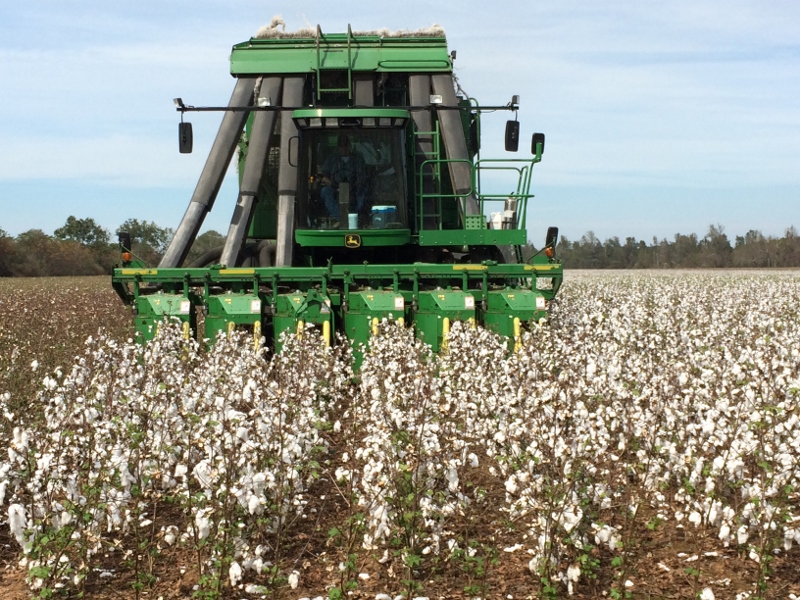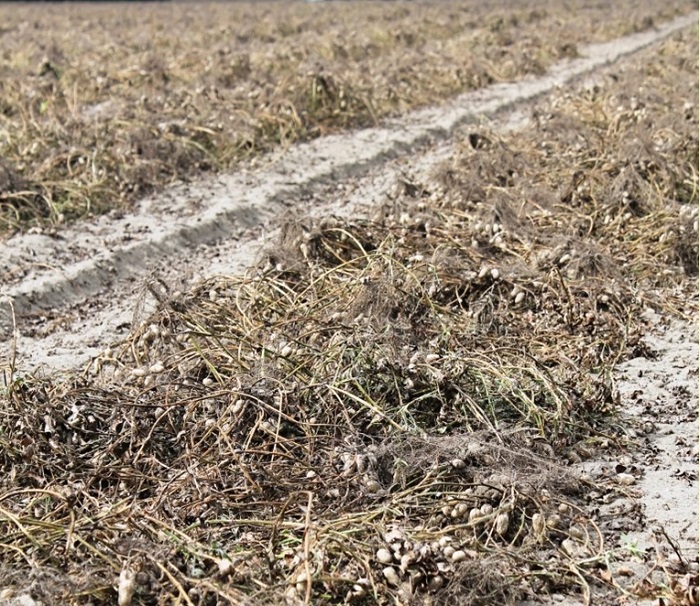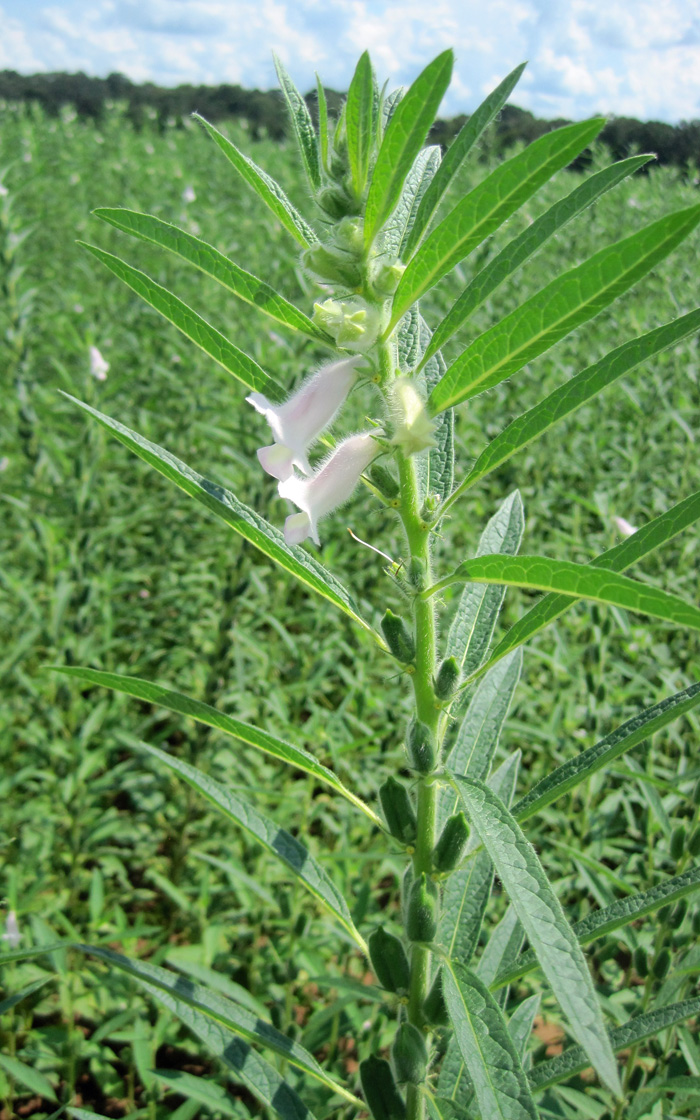
by Michael Donahoe | Oct 31, 2014
Cotton harvest is in full swing throughout Northwest Florida. With the dry weather and warm temperatures to help mature late set bolls, over half of the crop is now out of the field. In Santa Rosa County, picking was delayed on most farms as growers finished up...

by Mark Mauldin | Sep 26, 2014
A cold, wet spring got lots of area peanuts off to a late and slow start. When it warmed up and things really got rolling, the rain quit, or at least became very spotty, especially in the Central and Eastern Panhandle. In some cases the timing and amount of rainfall...
by Josh Thompson | Sep 26, 2014
The white sugar cane aphid is new, devastating pest this year in Florida sorghum. It has moved in from Texas, Louisiana, Mississippi and has been a major problem in Alabama and Georgia as well. For more information about the aphid, see White Sugarcane Aphid Spreading...
by Les Harrison | Sep 26, 2014
There has been a change in the testing procedure at the UF/IFAS Lab which analyzes the nutrient profile of Florida’s soils. The Extension Soil Testing Laboratory (ESTL) has replaced the Mehlich 1 (M1) test with the Mehlich 3 (M3) test, but the question from many is...




